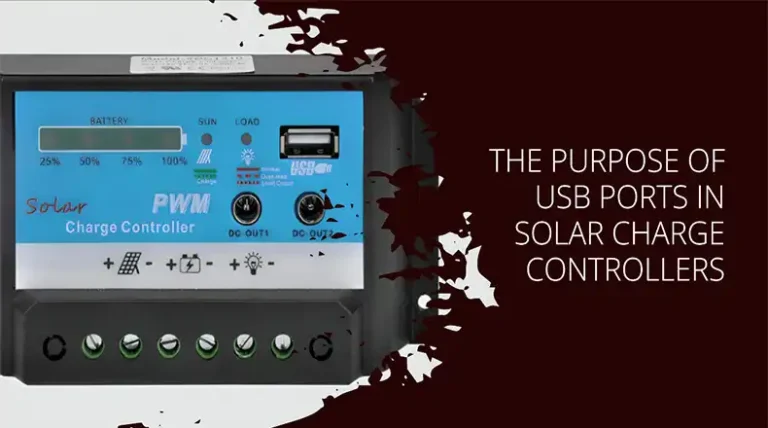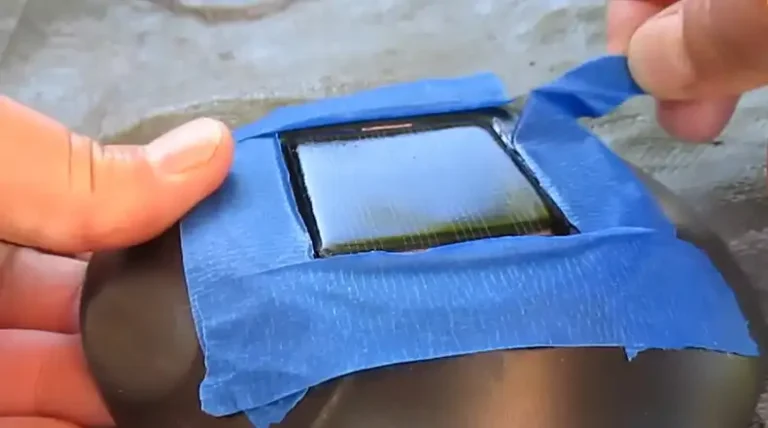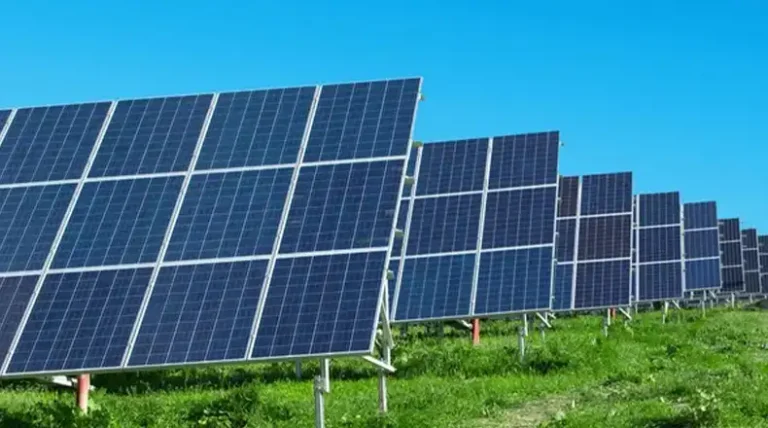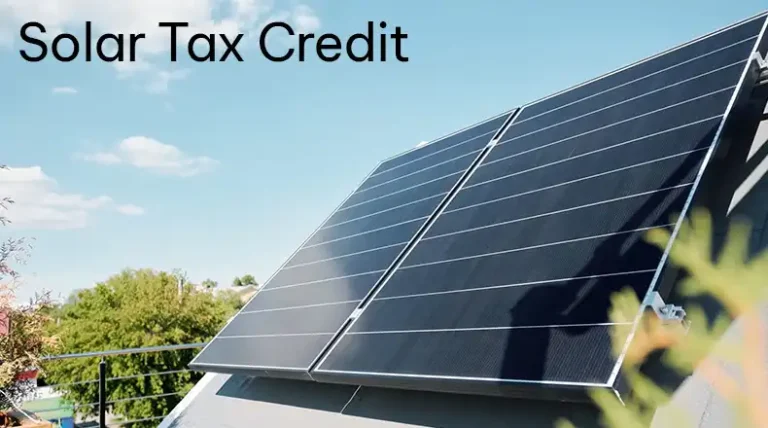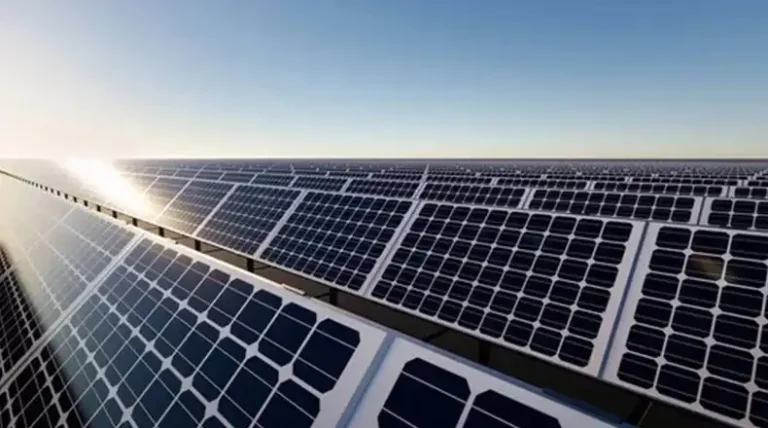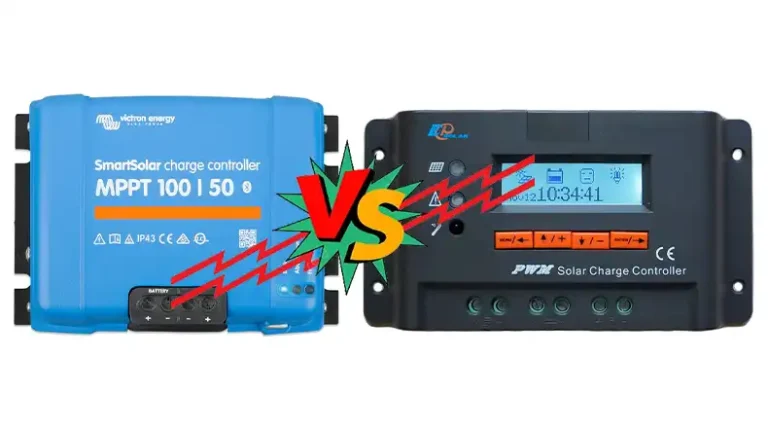[Answered] How Does a Solar Generator Work?
Solar energy is one of the most environmentally friendly sources of renewable energy, and solar generators simply employ this energy. People have been using solar panels to capture that energy for years. But recently, we’ve seen an increasing popularity of solar generators as well.
Since they don’t use any fuel like traditional generators, people often wonder, how does a solar generator work? Technically, a solar generator is a portable and rechargeable generator containing a rechargeable battery and solar panels to charge it. You then use the said energy to operate other devices. A solar generator can be an excellent source of power, be it for travel, camping, or when you require electricity during a power outage.
Continue reading below to learn more about how they work and how it’s different from traditional generators.
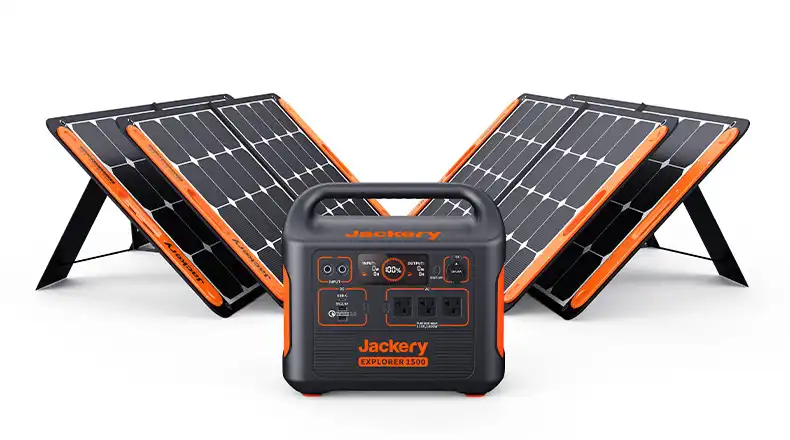
What’s a Solar Generator?
Solar generators are usually a combination of battery, charger, inverter, and portable solar panels. All of these work as a single unified unit to capture, store and utilize the energy from the sun.
While traditional generators are run by diesel, propane, or natural gas that runs an engine, solar generators don’t have any moving parts, since there’s no engine inside. Here are the four main elements of a solar generator:
1. Solar panels
It captures the sun’s energy and converts it to DC power.
2. Charge Controller
It regulates the current as well as stabilizes it before sending it to the battery for storage. It also prevents the battery from overcharging and overheating.
3. Rechargeable Battery
Batteries in solar generators are usually lithium-ion batteries. They act as both the power reserve when charging, and as a power source, when running appliances.
4. Inverter
Solar panels produce electricity in DC or direct current form, which is not used for regular home appliances. So, the inverter converts it into AC or an alternate current.
As you can see, it’s not much different from traditional solar power plants. It’s just a portable battery with PV (photovoltaic) panels.
How Does it Work?
Here’s a detailed breakdown of how solar generators work.
- The portable solar panels absorb the sunlight and convert it to DC electricity which then passes onto the charge controller.
- The electricity then gets regulated by the charge controller which ensures that the battery receives the right amount of current.
- The battery stores solar energy in the form of electricity, in DC power.
- The inverter then converts the DC power into AC which home appliances use.
Types of Solar Generators
Primarily, there are two types of solar generators. They are back up and portable generators.
1. Backup Solar Generators
Backup solar generators are permanently installed and connected to your home’s electrical panel. The system activates automatically during a power outage, offering uninterrupted backup power as long as sunlight is available. It also has a battery that stores electricity when not in use or when there’s no sun. What makes them different than regular home backup generators is that you don’t need to worry about refueling them from time to time. Also, they produce no noise.
2. Portable Solar Generators
The working principle of portable solar generators is the same actually. The only difference is physical. Portable solar generators are small units, that combine all the parts together for portability. Just like regular portable generators, portable solar generators are best suited for outdoor activities like camping or RVs. That’s why these are also known as off-grid solar generators.
3. Hybrid Solar Generators
Hybrid solar generators are relatively new in the market. They offer an all-in-one solution where you get traditional solar power combined with the flexibility to power on with fuel as well when there is no sun.
Why Should You Use a Solar Generator?
If you want to cut down on your fossil fuel usage, solar energy is the way to go. Here’s why you should use a solar generator rather than a traditional generator for both your on and off-grid power usage.
- Compared to regular generators, solar generators don’t produce any sound or smell, which is great for indoor use.
- They have a much longer lifespan (typically rated for 20 to 25 years)
- Requires little to no maintenance.
- Lighter to carry which makes them ideal for camping or boating trips.
- They can help you cut down on your electricity bills.
Frequently Asked Questions and Answers (FAQs)
What can a solar generator power?
A solar generator can power devices like smartphones, lights, appliances (fridges, TVs), power tools, and camping equipment. Capacity varies based on the generator. high-capacity solar generators can power almost all home appliances.
Can a solar generator power a house?
Yes, solar generators can fully power a house. But you have to make a proper estimation and get the necessary number of solar panels depending on the size of your house and your use of electricity.
Can a solar generator run all the time?
Yes, a solar generator can run all the time if there’s enough sunlight and battery capacity.
Final Thoughts
Just like regular household solar power plants, solar generators convert sunlight into electricity through their photovoltaic panels and store that in a rechargeable battery. Solar generators these days, are gaining popularity as more people who value clean energy opt for them over gas-powered generators. Thanks to advancements in solar technologies, these generators offer a range of advantages such as minimal maintenance, portability, clean energy, and the promotion of sustainable living to address the pressing issue of climate change.

